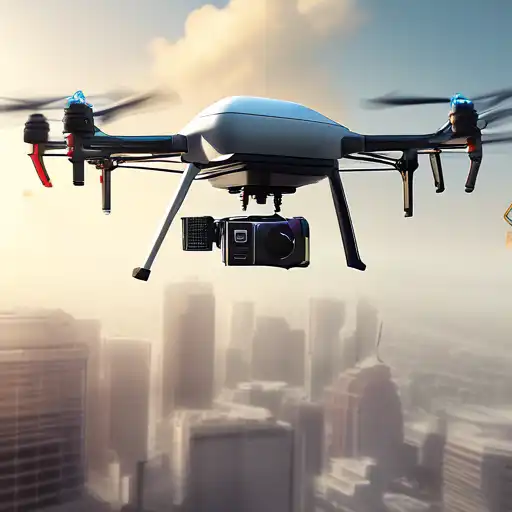Introduction to Commercial Drones
Commercial drones, also known as unmanned aerial vehicles (UAVs), have revolutionized industries by offering innovative solutions for photography, agriculture, delivery services, and more. Their ability to access hard-to-reach areas and perform tasks efficiently has opened up new opportunities for businesses worldwide.
Opportunities Presented by Commercial Drones
The use of commercial drones spans across various sectors, providing significant benefits. In agriculture, drones are used for crop monitoring and spraying, leading to increased productivity. In the real estate sector, drones offer aerial photography and videography, enhancing property marketing. Additionally, drones play a crucial role in search and rescue operations, reducing risks to human life.
Key Industries Benefiting from Drones
- Agriculture: Precision farming and crop health monitoring.
- Construction: Site surveying and progress monitoring.
- Delivery Services: Fast and efficient package delivery.
- Photography and Videography: Capturing unique aerial shots.
Understanding the Regulations
Despite the vast opportunities, the operation of commercial drones is subject to strict regulations to ensure safety and privacy. In the United States, the Federal Aviation Administration (FAA) requires drone operators to obtain a Part 107 certification for commercial use. Similar regulations exist in other countries, emphasizing the importance of adhering to local laws.
Key Regulatory Considerations
- Registration: Drones must be registered with the relevant aviation authority.
- No-Fly Zones: Restrictions apply near airports and sensitive areas.
- Privacy Laws: Operators must respect individuals' privacy rights.
- Insurance: Liability insurance may be required for commercial operations.
Future of Commercial Drones
The future of commercial drones looks promising, with advancements in technology paving the way for more sophisticated applications. Innovations such as beyond visual line of sight (BVLOS) operations and drone traffic management systems are expected to further expand the capabilities and use cases of drones in the commercial sector.
Conclusion
Commercial drones offer unparalleled opportunities across various industries, but their potential can only be fully realized within the framework of existing regulations. As technology evolves, so too will the legal landscape, requiring operators to stay informed and compliant. The sky is truly the limit for the commercial drone industry, provided it navigates the regulatory environment effectively.
